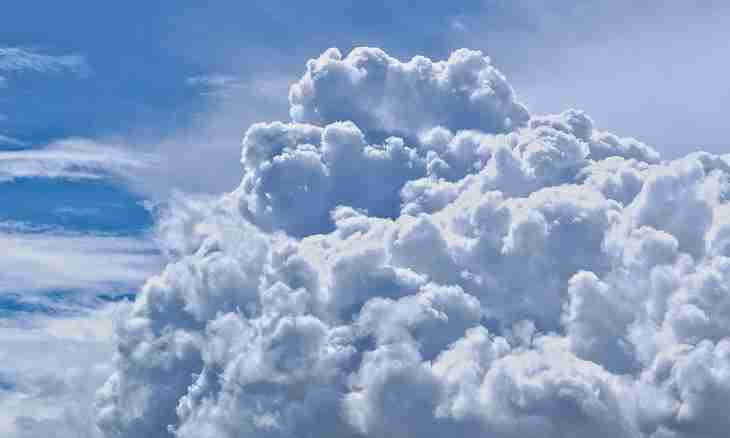It is not necessary to be engaged profoundly in natural science observations to notice, clouds are how various. It is possible to find quite different descriptions of various types in various textbooks and encyclopedias. Therefore it makes sense to address the international classification.
Physical meaning of the phenomenon
In terms of physics of a cloud are the products of vapor condensation seen in the sky from Earth. These are the weighed droplets of water or crystals of ice, smallest in the atmosphere, which at integration drop out in the form of precipitation. Usually clouds are formed in the troposphere. There is the international classification of clouds according to which they are divided into types and subspecies. Under the terms of education all possible clouds divide on four categories: convective, wavy, the ascending sliding and turbulent mixing. So-called nacreous and silvery clouds stand alone – they are formed in the topmost layers of a stratosphere.
Refer the clouds of thermal convection which are formed owing to uneven heating from below and the clouds of dynamic convection resulting from the forced raising of air before mountains to the first category.
Wavy call the clouds which are formed at inversion in anti-cyclones. Clouds of the ascending sliding turn out at a meeting of cold and warm air masses. At last, clouds of turbulent mixing appear at an air raising the amplified wind.
Morphological classification
In a cloud form are also divided into four categories, each of which in turn is divided into several subgroups. The first category – clouds of the lower tier: layered, layered and cumulus, layered and rain it is also broken off - layered. They are located at the height not higher than 2.5 km from Earth, most of them has thickness from 200 to 800 m. Are formed for various reasons: owing to vapor condensation over warm reservoirs, in connection with air moistening by precipitation from overlying clouds, as a result of cooling of the air moving over the cold Earth's surface. The second – clouds of vertical development: cumulus and cumulus and rain. These are dense volume and extremely picturesque clouds. The third – clouds of an average tier: high-cumulus and high-layered. They are formed as a result of cooling of air at slowly ascending inclined movement of air masses. Leave a sediment extremely seldom. The fourth – clouds of the top tier: plumose, cirrocumulus, plumose and layered. As follows from the name, plumose clouds have fibrous structure. They are thin, transparent, sometimes have more dense educations in the form of flakes. If precipitation drops out of such clouds – that happens seldom – that they evaporate, without having reached the Earth's surface.

